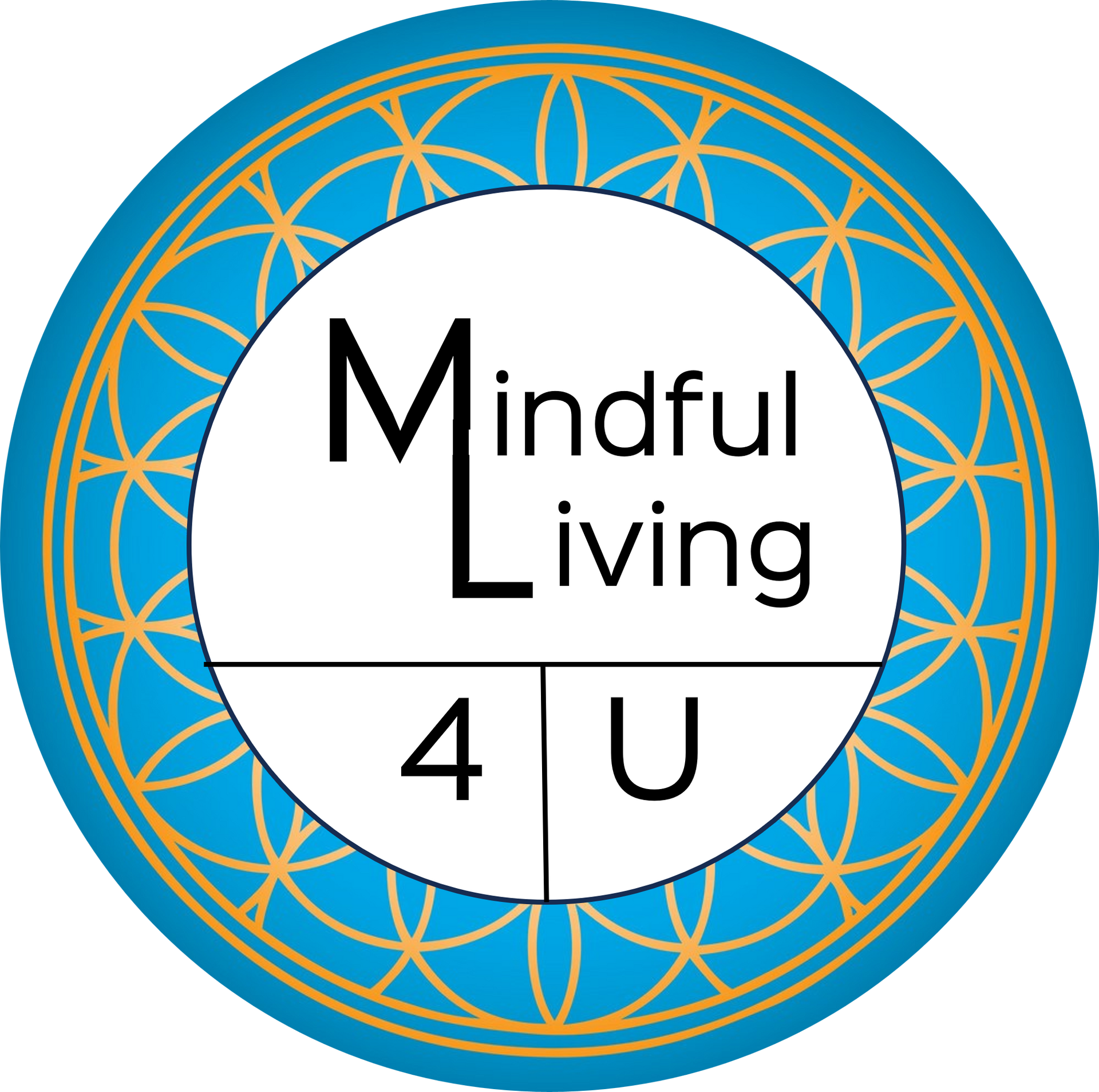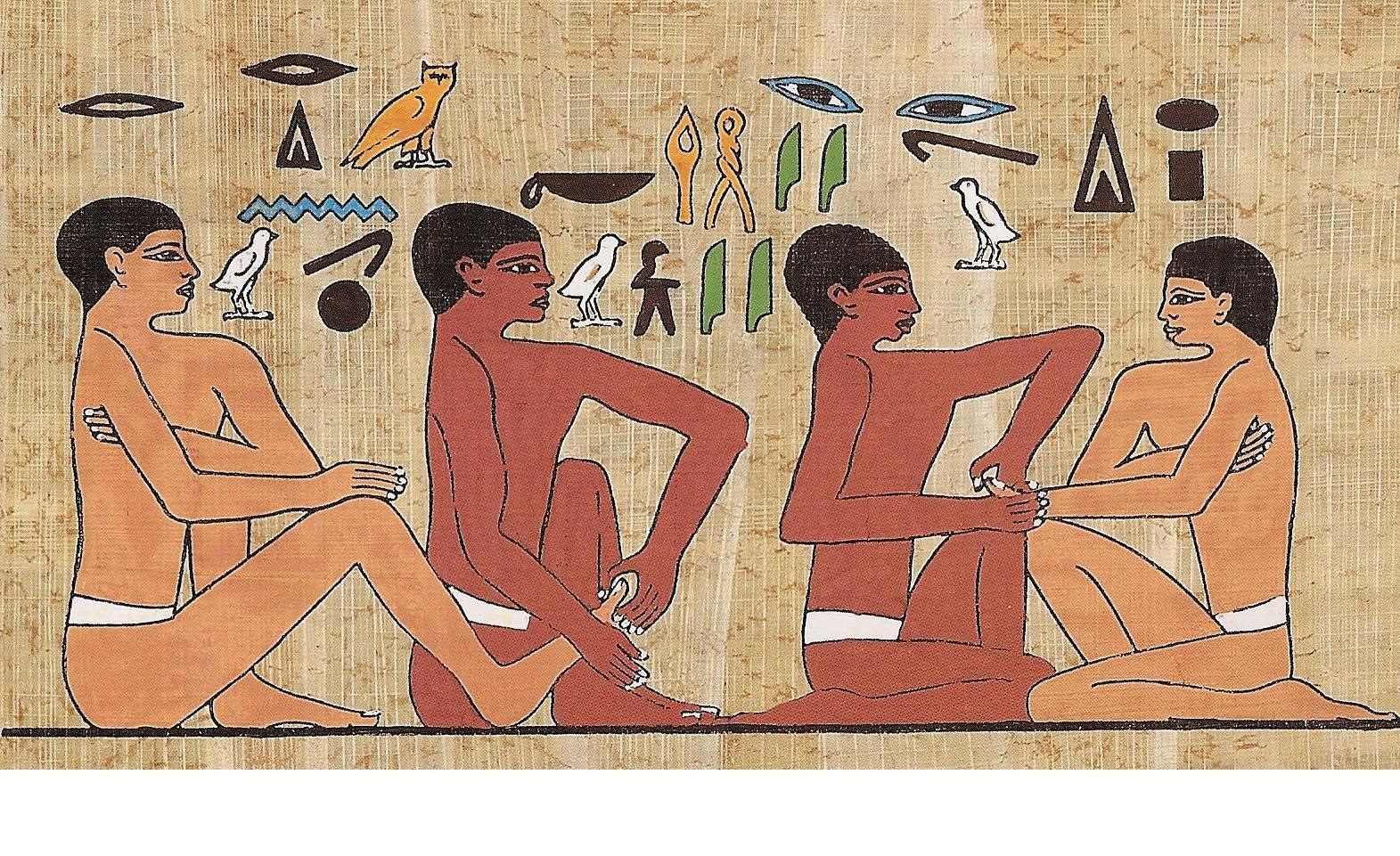
Why Choose Clinical Reflexology?
In today’s fast-paced world, stress and mental health challenges are more prevalent than ever. Taking proactive steps toward self-care is essential, and Clinical Reflexology offers a natural, holistic approach to restoring balance and well-being.
Clinical Reflexology is a non-intrusive complementary therapy that treats the body as a whole. By stimulating specific reflex points, it enhances circulation, refreshes the senses, and calms the mind—leaving you feeling rejuvenated, re-energized, and recharged.
What is Clinical Reflexology?
Our bodies function as a complex network of interdependent systems—the skeletal, muscular, circulatory, nervous, digestive, endocrine, reproductive, respiratory, lymphatic, and urinary systems. Because these systems work together so intricately, an experienced Clinical Reflexologist can detect imbalances and restore harmony through targeted pressure techniques.
Modern lifestyles, poor diets, stress, injuries, and illnesses can all contribute to imbalances in the body, leading to discomfort and dis-ease. From a holistic perspective, maintaining the smooth flow of life-force energy is crucial for optimal health. When energy pathways become blocked or stagnant, it can manifest in a range of physical and emotional symptoms. If left unaddressed, these imbalances may contribute to illness.
Clinical Reflexology, much like acupressure and acupuncture, works to unblock energy pathways, stimulate the lymphatic system, enhance blood flow, and activate the parasympathetic nervous system—our body’s natural self-healing mechanism. This deep, therapeutic approach not only alleviates stress and anxiety but also promotes detoxification, improved circulation, and overall well-being.
The Benefits of Clinical Reflexology
Clinical studies have shown that various reflexology techniques can positively impact the lymphatic system and create corresponding responses in targeted areas of the body. Many clients report significant improvements in their conditions following treatment, including better sleep, reduced symptoms, and even a decreased need for pain relief.
Over the years, I have worked with thousands of clients, including more than 700 pregnant women who experienced shorter, more favorable labor outcomes. Additionally, I have helped nearly 100 couples fulfill their dream of starting a family when other methods seemed unsuccessful.
An incredible fact: Reflexology can even provide insights into pregnancy and the baby’s gender simply by reading the feet. (Note: While this is based on personal experience, no clinical research has validated this claim.)
It is important to note that Clinical Reflexology is a complementary therapy and should never replace medical treatment or prescribed medication. Instead, it works alongside conventional healthcare to support your overall well-being.
Why Choose a Qualified Clinical Reflexologist?
Clinical Reflexology is a specialized practice requiring extensive training, skill, and experience. Unfortunately, many courses offered by beauty schools, online platforms, or short weekend workshops do not provide the depth of knowledge necessary for effective treatment. These courses often teach basic foot massage techniques, which, while relaxing, do not offer the therapeutic benefits of true Clinical Reflexology.
When choosing a reflexologist, it is essential to seek out a properly trained and certified practitioner who understands how to identify and address specific imbalances within the body.
Experience the difference for yourself—book a session and take the first step toward better health and well-being.

Types of Reflexology Treatments available at the Mindful Living Studio:-
- Clinical Reflexology (general wellbeing)
- Maternity Reflexology (for all stages of pregnancy)
- Labour Induction Reflexology (from 30 weeks)
- Infertility Reflexology (both partners)
- Reflexology Lymphatic Drainage (for anyone
needing lymphatic drainage - breast cancer
patients)
- Neurological Reflexology
- Palliative care Reflexology
- Baby & Toddler Reflexology (From birth onwards)
- Children's Reflexology
- Trapped Nerve Reflexology
If your issue or category is not on this list - the general session is very comprehensive and in depth. The majority of my treatments last between 1½ hours to 2 hours depending on what I find and how long it takes to work with.
Adding other treatments - You can add Crystal Reiki Healing or Chakra Balancing, Hypnotherapy, or a pamper massage. Generally this will be a lot cheaper than having each separately (You will save £10 bundling treatments. If you book block bundles - save even more)
Reflexology should not be used as an alternative to seeking medical advice and we encourage you to tell your doctor that you are receiving reflexology alongside your medical treatments.
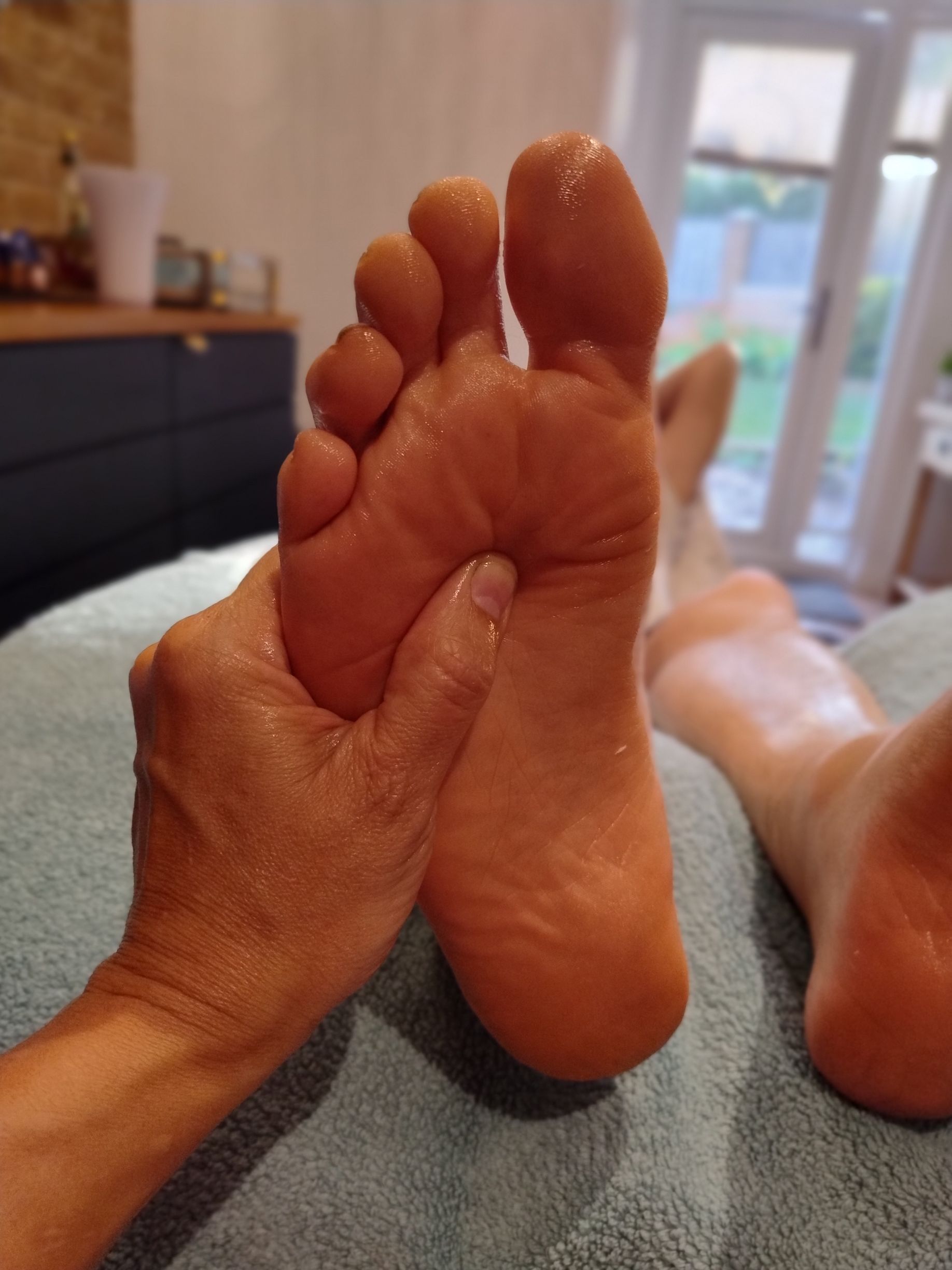
Slide title
Write your caption hereButton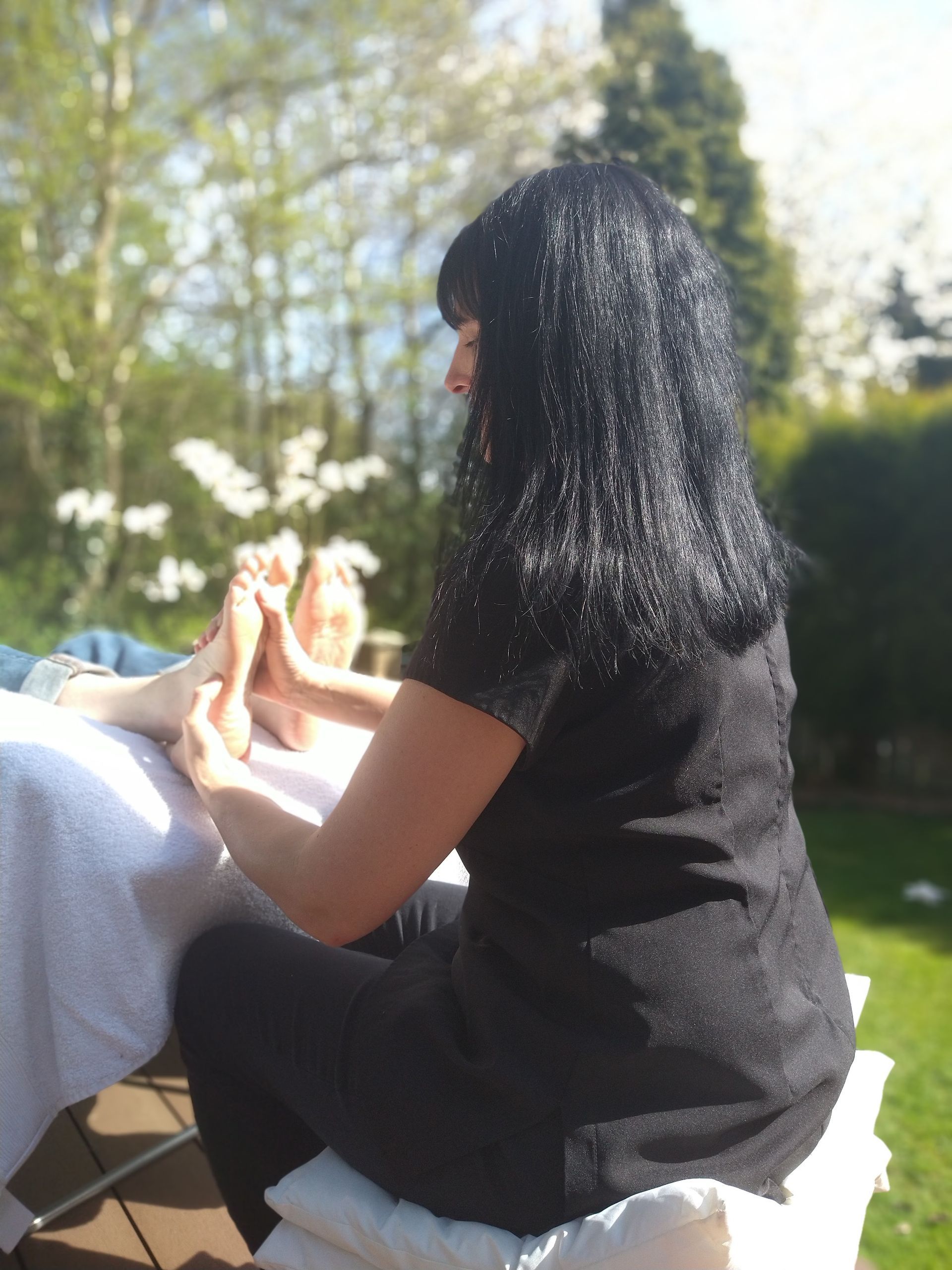
Slide title
Write your caption hereButton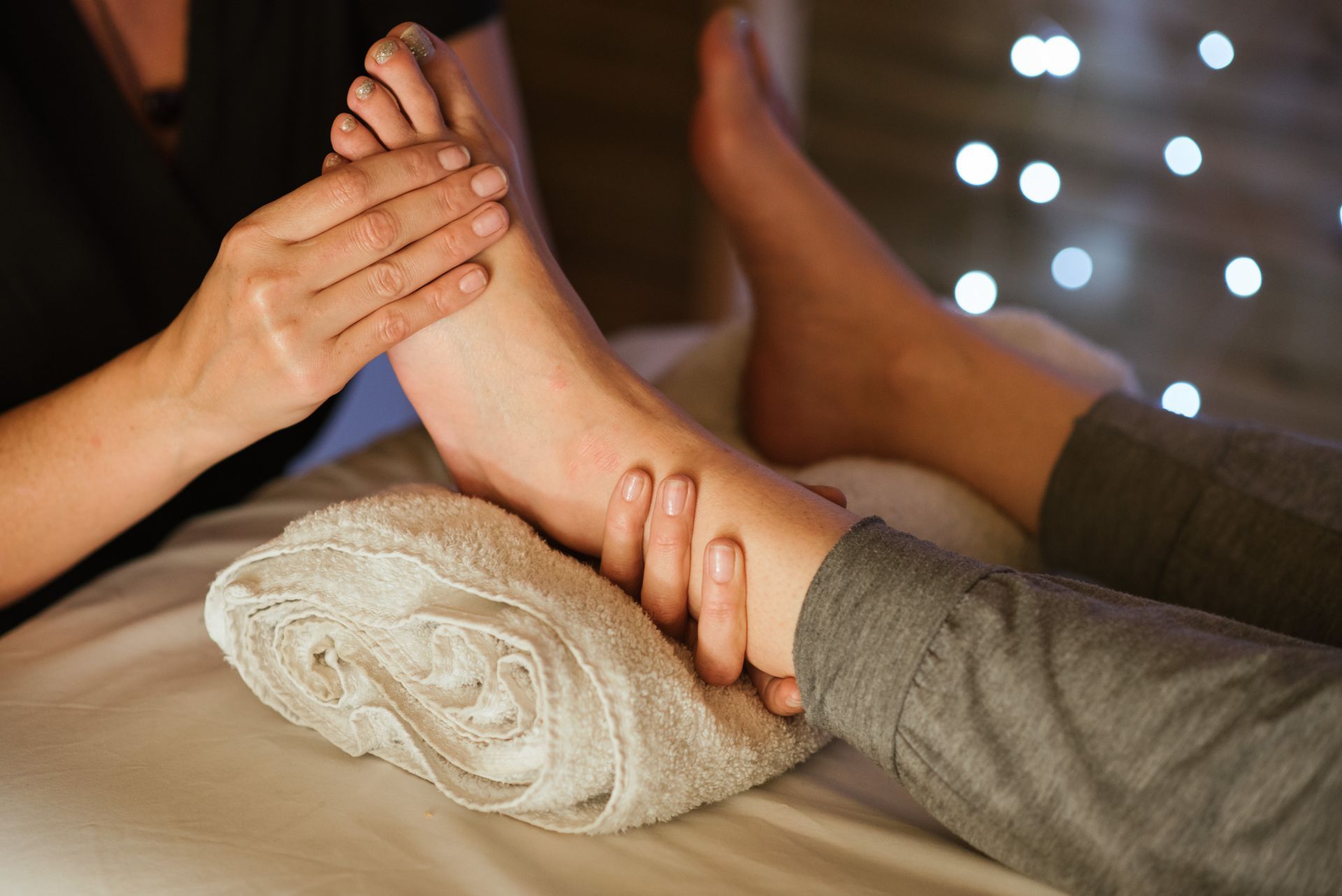
Slide title
Write your caption hereButton
Slide title
Write your caption hereButton
To Book your slot - press the whatsapp icon.
Please tell me your best availability (morning, afternoon or evening) Monday to Friday - lets find your ideal slot
The History of Reflexology
Reflexology has been practiced as a therapeutic treatment for thousands of years across various ancient civilizations. One of the earliest documented references is found in the Egyptian tomb of Ankhamor in Saqqara, dating back to 2330 BC. Traditions of reflexology can also be traced to India, Thailand, Indonesia, China, and numerous Native American and African cultures. The Yellow Emperor's Classic of Internal Medicine, written around 1000 BC in China, contains a chapter on the "Examining Foot Method," highlighting early knowledge of the connection between specific areas of the feet and overall health.
In the 14th century, Marco Polo is believed to have translated a Chinese massage text into Italian, introducing reflexology and massage techniques to Europe. By 1582, Dr. Adamus and Dr. A’tatis published one of the first European books on "zone therapy," a fundamental principle in reflexology.
Reflexology in Modern Medicine
In the early 20th century, Dr. William H. Fitzgerald, known as the father of reflexology, developed the concept of ten vertical zones running the length of the body. He found that applying pressure to specific zones could alleviate pain during minor surgeries.
His work was expanded by Dr. Shelby Riley, who mapped out horizontal zones and detailed reflex points on the hands and feet. He also identified pressure points on the outer ear.
Eunice Ingham, a physiotherapist working with Dr. Riley, refined these findings. She discovered that the feet were the most responsive to pressure and developed the foot maps and reflexology charts still used today. By the 1930s, she was instrumental in bringing reflexology to the non-medical community.
By 1957, Dr. Paul Nogier recorded a reflex map of points on the outer ear, which has since been expanded by researchers like Oleson and Flocco, integrating hand, ear, and foot reflexology into a holistic approach.
The Scientific Evolution of Reflexology
Scientific research has played a significant role in validating and refining reflexology techniques.
Dr. Vladimir Bekhterev
A Russian neurologist and psychiatrist, Bekhterev was the first to use the term "reflexology." His book, Objective Psychology (1907), later translated as General Principles of Human Reflexology (1932), defined reflexology as a science focused on human personality through an objective, bio-social lens.
Sir Charles Sherrington
An English neurophysiologist, Sir Charles Sherrington extensively studied neurons and nerve functions. His book The Integrative Action of the Nervous System (1906) explained how the nervous system coordinates bodily functions. His research earned him the 1932 Nobel Prize, which he shared with Dr. Edgar Adrian, whose findings on nerve stimulation further influenced modern reflexology techniques.
Reflexology in the 20th Century
The refinement of reflexology as a modern therapy is largely due to research into zone therapy—the application of pressure to specific points on the feet, hands, and face to relieve pain and improve bodily function.
Dr. Fitzgerald, an ear, nose, and throat specialist, discovered in 1902 that applying pressure to particular areas of the body provided natural analgesia, relieving issues such as headaches and digestive discomfort.
Dr. Joe Shelby Riley and his wife, Elizabeth Ann Riley, expanded on these discoveries, creating detailed maps of reflex points on the feet and hands. They also introduced the hook technique, a manual pressure method still used in reflexology today.
Choosing a Reflexology Practitioner
Finding a Qualified Practitioner
With the rising popularity of reflexology, it’s essential to choose a well-trained and experienced practitioner. Unfortunately, some individuals claim expertise after only attending a short online course or reading a book. Worse, some offer "distance reflexology" without genuine knowledge of energy healing.
Key Questions to Ask a Reflexologist
Before booking a session, consider asking:
✔ Do they belong to a professional reflexology association?
✔ Do they have proper insurance?
✔ What courses and certifications have they completed?
✔ Do they follow Continuing Professional Development (CPD) courses?
✔ What pressure techniques do they use?
✔ How do they approach treatment?
There are many styles of reflexology, each developed by practitioners based on their training and personal insights. While there are countless reflexology charts—some commercially motivated—what truly matters is finding a practitioner whose style aligns with your needs.
Trust Your Intuition
Reflexology is a deeply personal experience, and not all practitioners will be the right fit for you. If you leave a session feeling no difference, don’t be discouraged—try another practitioner. When done correctly, reflexology can be profoundly transformative.
Special Considerations for Maternity Reflexology
Pregnant individuals should only see a certified maternity reflexologist, as certain pressure points should not be stimulated before 35 weeks. These areas can trigger hormonal responses that may induce labor.
Final Thoughts
Reflexology has a rich history rooted in ancient traditions and modern scientific research. Whether you seek relaxation or targeted relief, choosing the right practitioner is crucial to experiencing the full benefits of this practice. Trust your instincts, ask the right questions, and discover the incredible healing potential of reflexology.

Slide title
Write your caption hereButtonSlide title
Write your caption hereButton
Slide title
Write your caption hereButton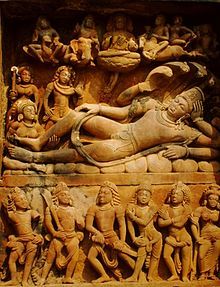
Slide title
Write your caption hereButton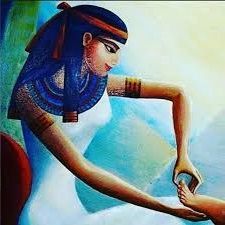
Slide title
Write your caption hereButton
Slide title
Write your caption hereButton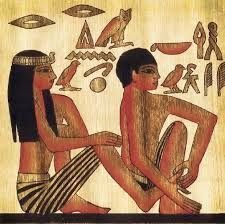
Slide title
Write your caption hereButton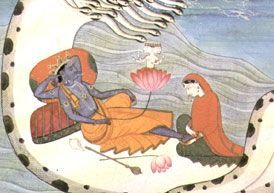
Slide title
Write your caption hereButton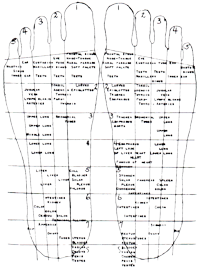
Slide title
Write your caption hereButton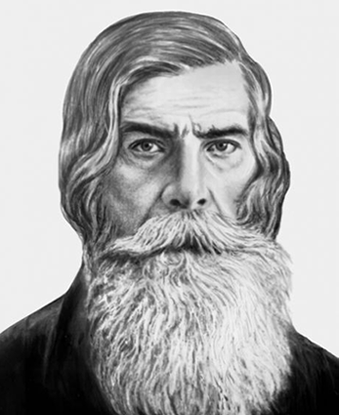
Slide title
Write your caption hereButton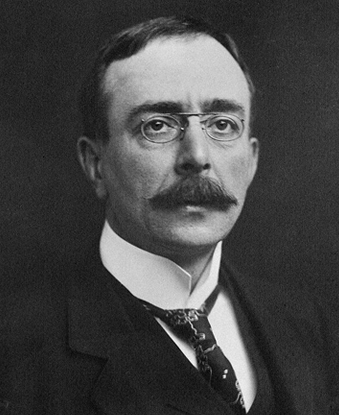
Slide title
Write your caption hereButton![Dr William H. Fitzgerald, also known as the father of reflexology, practised as a physician and otolaryngologist [ear, nose, and throat surgeon] at the Boston City Hospital and as a laryngologist and head of the ENT Department at St. Francis ENT Hospital in Hartford, Connecticut.](https://lirp.cdn-website.com/0b404c1d/dms3rep/multi/opt/4-94efd917-1920w.png)
Slide title
Write your caption hereButton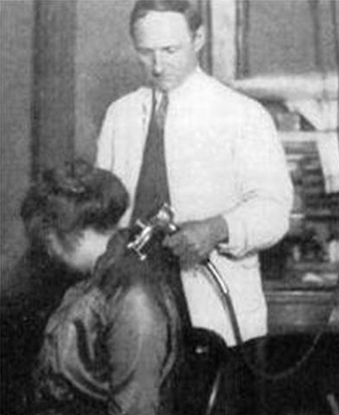
Slide title
Write your caption hereButton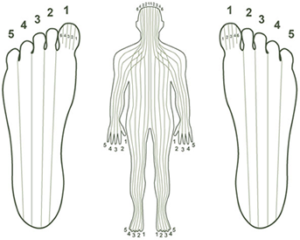
Slide title
Write your caption hereButton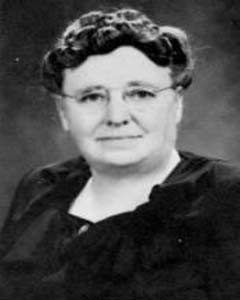
Slide title
Write your caption hereButton
CONTACT US
Address: The Studio
35 Longwood Rd, Tingley, Wakefield, WF3 1UG
Message: 07369219383
Whatsapp message 07369219383 (Best)
bee@mindfulliving4u.co.uk
OPENING HOURS
Please note the times above are start and the closing times.
Mon - Thu last slot starts at 7pm for the Combo treatment.
Fri - last slot starts at 3pm for the combo treatment.
All Rights Reserved | mindfulliving4u
